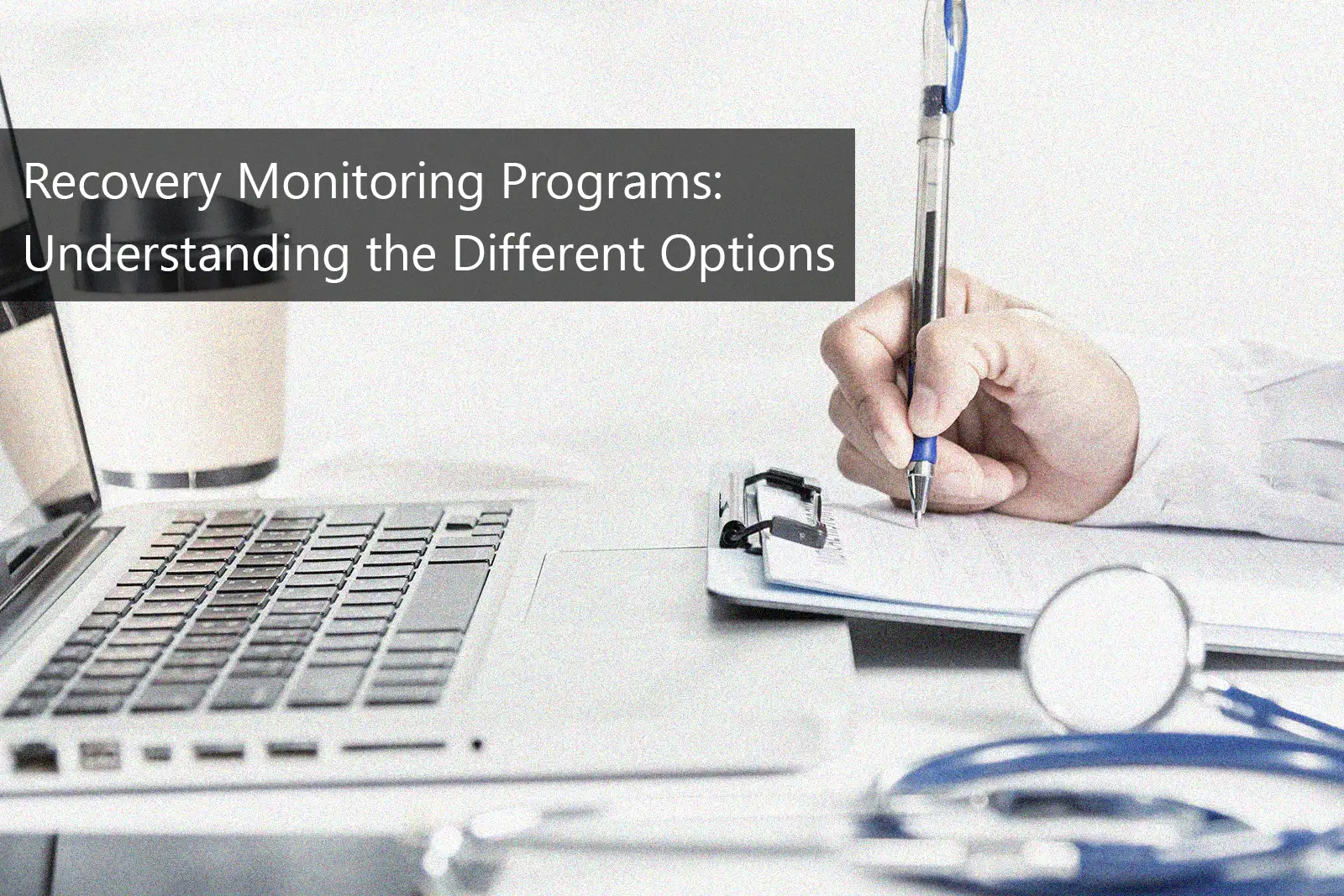Updated August 27, 2023
Recovery monitoring programs in regulated industries such as healthcare play a pivotal role in addiction treatment for licensed professionals to help them towards sustainable recovery and a substance-free life. There are multiple substance testing methods available — from Peth testing, oral collection via video to nail and hair testing — to monitor individuals in recovery from substance abuse or addiction. In this blog, we'll explore the different testing options available, their benefits, and the most commonly used test.
Peth Testing: Assessing Alcohol Consumption
Peth testing, or Phosphatidylethanol testing, is a cutting-edge method that measures the phosphatidylethanol metabolite of alcohol in one's blood using just a few blood drops from a finger punction. This testing technique identifies alcohol consumption patterns over several weeks and is a preferred choice for those struggling with alcohol addiction. It is non-invasive and doesn't require a full blood draw, making it a comfortable and convenient testing option.
Oral Collection via Video: Reliable and Home-based
Through oral collection via video, individuals submit a saliva sample while being observed in real-time. This testing method ensures the authenticity of the sample and guards against tampering. Video oral collection is an ideal option for those requiring frequent drug tests, as it is non-invasive and offers the flexibility of being conducted at home.
Hair Testing: Tracking Substance Use Over Months
Hair testing detects substance use through a hair sample analysis. Depending on the hair's length, it can reveal a history of substance use disorder over several months, typically up to 90 days. Hair testing is an option for individuals who have a history of substance misuse. Though non-invasive, it's generally more expensive than other methods and test accuracy can be affected by hair treatments or products.
Nail Testing: Detecting Traces Over Extended Periods
Nail testing examines fingernail and toenail clippings for past drug or alcohol use. Drug traces can be detected in fingernails and toenails for several months after ingestion. This method is suitable for individuals with past episodes of substance abuse or abuse, providing a broader testing window into their history.
Additional Addiction Recovery Monitoring Testing Methods
Beyond these recovery monitoring testing methods listed above, other popular options include urine, breath, and blood testing. Urine testing is the most commonly used and accepted given the non-invasiveness, affordability, and ability to identify substance use over the past several days. Breath-alcohol testing measures the amount alcohol in an individual's breath, while blood tests provide more detailed information, but is more invasive.
Most Prevalent Testing Methods in Recovery Monitoring Programs
Urine drug testing, Peth testing, and oral collection via video are the most frequently used testing methods for recovery monitoring services. Urine testing is often used because it’s non-invasive, relatively inexpensive, and identifies substance use over the previous days. Peth testing is also becoming increasingly popular due to its accuracy in detecting alcohol consumption over a more extended period of time. Oral collection via video has also become more prevalent due to the at-home convenience and ease of use.
Choosing the Right Partner for Recovery Monitoring Testing
Vault Workforce Screening, with over three decades of industry expertise, partners with Professional Licensing Boards nationwide. We design custom software and offer extensive drug and alcohol testing options, tailored for recovery compliance and accountability. Our commitment extends to helping clients develop modern, streamlined programs, ensuring optimal efficiency to help people in recovery.
Schedule a call to discuss Vault’s options and see a demo of our best-in-class program management platform.
The information and opinions expressed are for educational purposes only and are based on current practice, industry related knowledge and business expertise. The information provided shall not be construed as legal advice, express or implied. Consult with legal counsel before any action is taken or not taken in relation to information disseminated in this resource.

